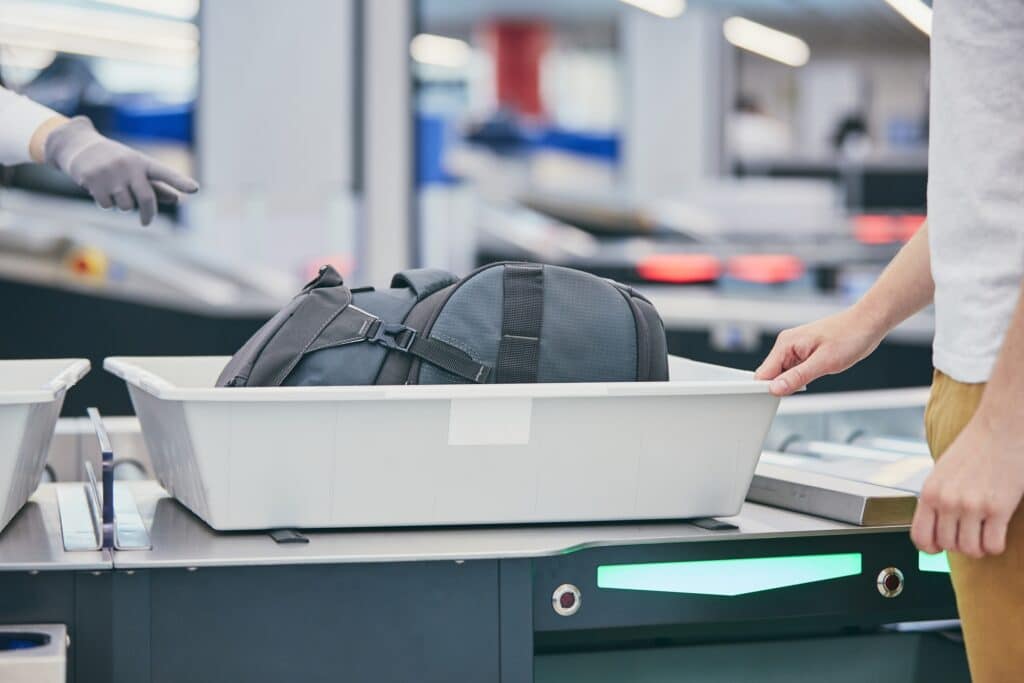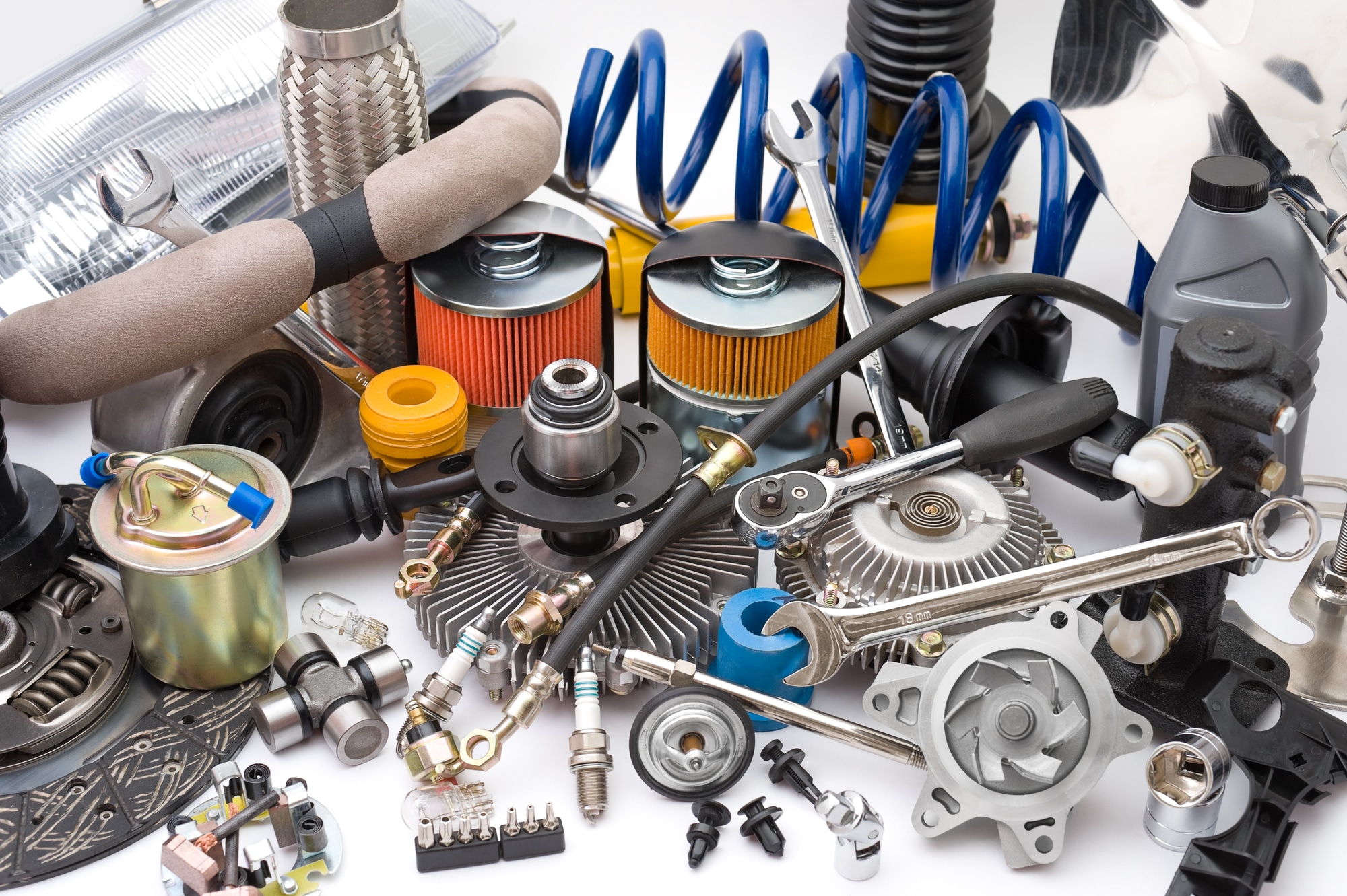Are you a car repair pro or a specialized car parts dealer? If you answered yes to either one, you’re likely to encounter a situation where you have to carry car parts to different states or countries.
This brings us to the questions, “is it legal to carry car parts on a plane?” “Does the TSA permit passengers to pack car parts in their carry-on or checked luggage?”
Luckily for you, the answer to these questions is a resounding yes! Whether you prefer to carry the car part(s) in your carry-on or checked bag, the TSA has no problem. Here’s what TSA has to say on their website:
“Car engine parts and other car parts without fuel or traces of fuel are allowed in carry-on or checked bags. Car engine parts may be placed in checked bags only if the parts are packed in their original box and free of gasoline and oil.
For items you wish to carry on, you should check with the airline to ensure that the item will fit in the overhead bin or underneath the seat of the airplane.
The final decision rests with the TSA officer on whether an item is allowed through the checkpoint.”
For the most part, the TSA has no problem with you bringing car parts on board, as long as they don’t contain any fuel or traces of it. However, the TSA officer you find at the airport also has a right to confiscate your belongings if he/she deems them risky or hazardous.
Although car parts aren’t prohibited, it’s important to pay attention to their weight.
The bigger the item, the larger the storage space it requires. As a result, the higher the baggage fee it attracts. American Airlines notes the following:
“More than one fee may apply per bag, for example the checked bag fee + oversize fee + overweight fee”
Now that you know that car parts are allowed, the next concern you’ll probably have is how to pack them. Well, here’s a brief overview.
You May Also Like: Can I Take a License Plate on an Airplane?
Table of Contents
How to Pack Car Parts for a Flight
Packing car parts for a flight is not a case of one-size-fits-all. The packaging method you use will depend on the specific item in question.
Car Doors, Panels and Hoods
These are some of the parts that are highly susceptible to scratches and dents. To prevent this, you’ll want to pack them in a sizeable box, then add plenty of cushioning material.
Flywheels and Flexplates
Here, you’ll want to invest in packing peanuts, which you can use to fill any empty spaces. You can then pack the car parts in either a double- or triple-wall corrugated box.
Shocks, Coil Springs
If you’re looking to pack coil springs, shocks or other cylindrica/tube-shaped items, consider a triangular box. This provides more space that can fit these items comfortably. While you’re at it, you may want to add dunnage too to act as padding.
Here are a few more tips you should adhere to when packing car parts for a flight:
- Disassemble your car parts- if there are any big-sized parts that can be taken part, be sure to do so for easier storage and transportation.
- Use corrugated cardboard boxes for carrying metallic parts. These heavy-duty boxes are sturdy enough to hold the weight of such parts.
- Add bubble wrap, foam wrapping or polystyrene to prevent the car parts from wiggling inside the box.
- Remember to seal your box shut with adhesive tape.
- Weigh the car parts before packing them in your carry-on or luggage – one mistake you should avoid is carrying overweight luggage. So before you bring them onboard, weigh all your bags, and ensure they don’t exceed the recommended weight limits.
Can I Bring Car Parts through Airport Security?

Yes, you can. However, any automobile parts that you bring along will undergo screening. You can never predict how long or thorough the screening process will be. So to err on the side of safety, consider checking in early to avoid delays.
On the same note, adhere to the guidelines provided regarding car parts. For instance, none of the car parts should contain oil, fuel or traces of it. If they do, drain them before packing them for your flight.
Can Car Parts Go through Customs?
Yes, they can. If you’re wondering whether you can import car parts, the answer is yes. However, this provision comes with several conditions.
For one, you’ll have to fill in the CBP Form 7501 as well as the NHTSA-DOT HS-7 Declaration form. If the specific vehicle part that you’re ferrying is an engine, then you will also have to complete the EPA Form 3520-1.
According to the USA Customs Clearance:
these documents guarantee that the vehicle parts meet the necessary regulations and standards for customs, safety and emissions.
Can You Take Spark Plugs on a Plane?
The TSA does not specify the specific car parts that are/aren’t allowed on an airplane. So unless the TSA officer you find decides to confiscate, it’s relatively safe to carry spark plugs onboard.
But just to play it safe, consider inquiring ahead of time. You can call the airline or make a direct inquiry from TSA.
Final Thoughts
If you’ve been wondering whether you can take car parts on a plane, the answer is yes. However, this is only allowed on several conditions.
First off, the car part should be drained of any fuel or oil. Secondly, the item shouldn’t exceed the recommended size and weight limit, especially if you’re packing it in your carry-on. In fact, most airlines require that carry-on bags be small enough to fit either in the overhead cabin or underneath the seat.
Ultimately though, the decision rests with the TSA officer you find at the airport. If they consider it risky to carry a given item, they have the right to confiscate it.

